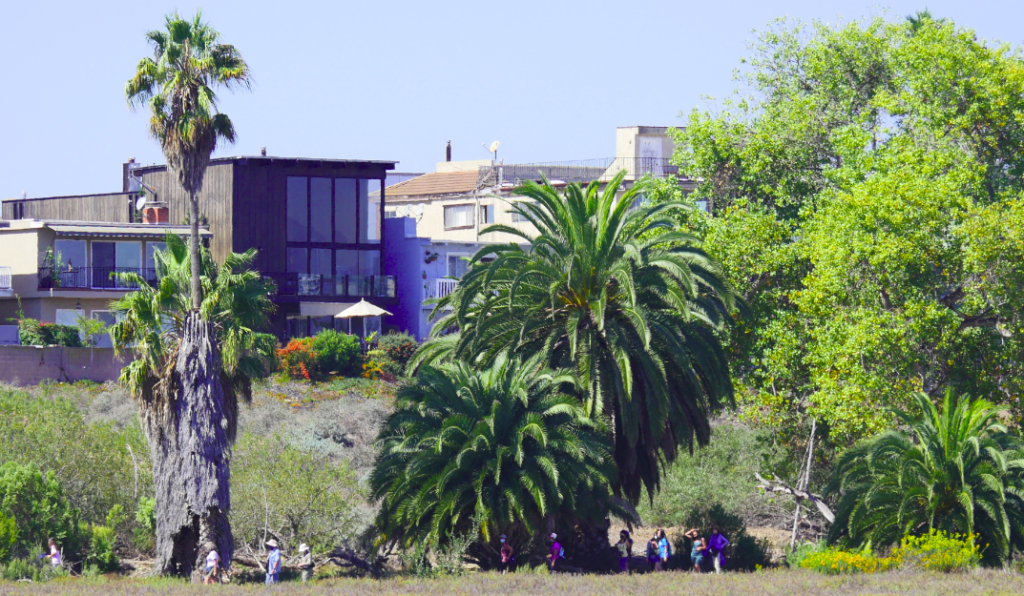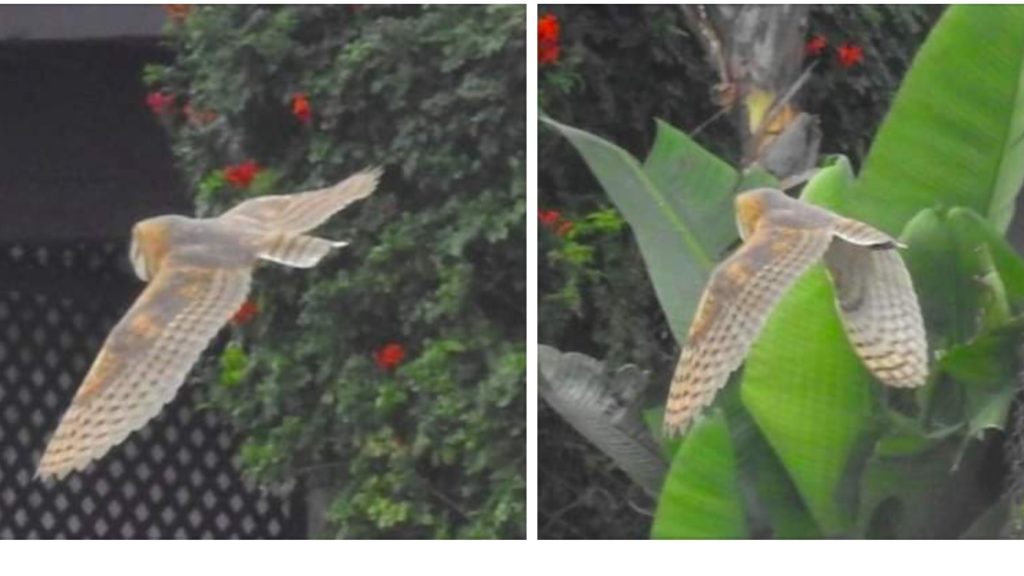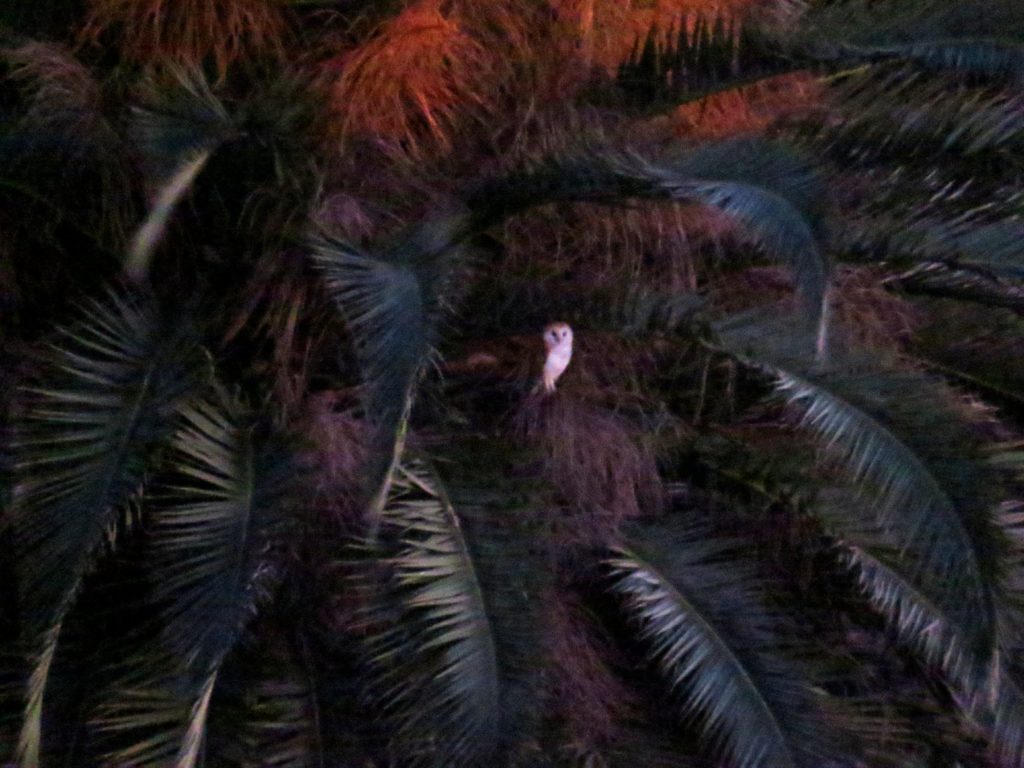When we learned that several palm trees were slated for removal, we immediately asked to see the analyses of the potential biological impacts and the Coastal Development Permit (CDP) that would allow such work. However, the entity seeking to remove the trees refused to provide any such information even after repeated requests. As a last resort, we filed suit, alleging a violation of the Coastal Act, and were granted a preliminary injunction by a Los Angeles Superior Court judge. This resulted in a settlement agreement that required a valid CDP to be obtained, which in turn requires a more robust level of analysis. As the Coastal Commission states: “staff has determined, however, that more specific information will be required for staff to be able to evaluate potential habitat impacts of the proposed vegetation removal.” (see Commission letter here).
We believe that this additional information and evaluation of impacts will result in at least some of these trees being preserved as habitat for the owls. Although our legal costs were reimbursed to us as part of the settlement agreement, we could not have afforded to file the suit in the first place without the support of our donors. This is true also of our other efforts, such as our ongoing efforts to compel a mostly unused paved parking lot in the reserve to be converted to native habitat, to compel a planned restoration project to comply with the California Environmental Quality Act (CEQA) and to compel an access policy that is equitable, wildlife-friendly, and based on the public interest rather than politics.
Please consider increasing your support this year so that we can continue to advocate for this ecosystem in 2022.
These are some of the palm trees that were planned to be removed. Two trees on the left are Mexican Fan Palm trees and the two on the right are Canary Island Date Palm trees in Area B the Ballona Wetlands Ecological Reserve (the reserve). Owl pellets can almost always be observed below these trees, where at least one Barn Owl (Tyto alba) is known to eat its meals at night and roost during the day.
A Barn Owl flying out of the palms trees that were going to be removed. Barn owls like the protection afforded by the structure of palm trees. Hooded Orioles and other native birds also use these trees. The question of whether to keep them or remove them is complex. Photo: Sandy Blair
A Barn Owl perched on Canary Island Date Palm leaves in another area of the reserve. While we generally support the removal of non-native weeds in favor of native habitat, the removal of mature non-native trees requires careful analysis. Photo: Jonathan Coffin


